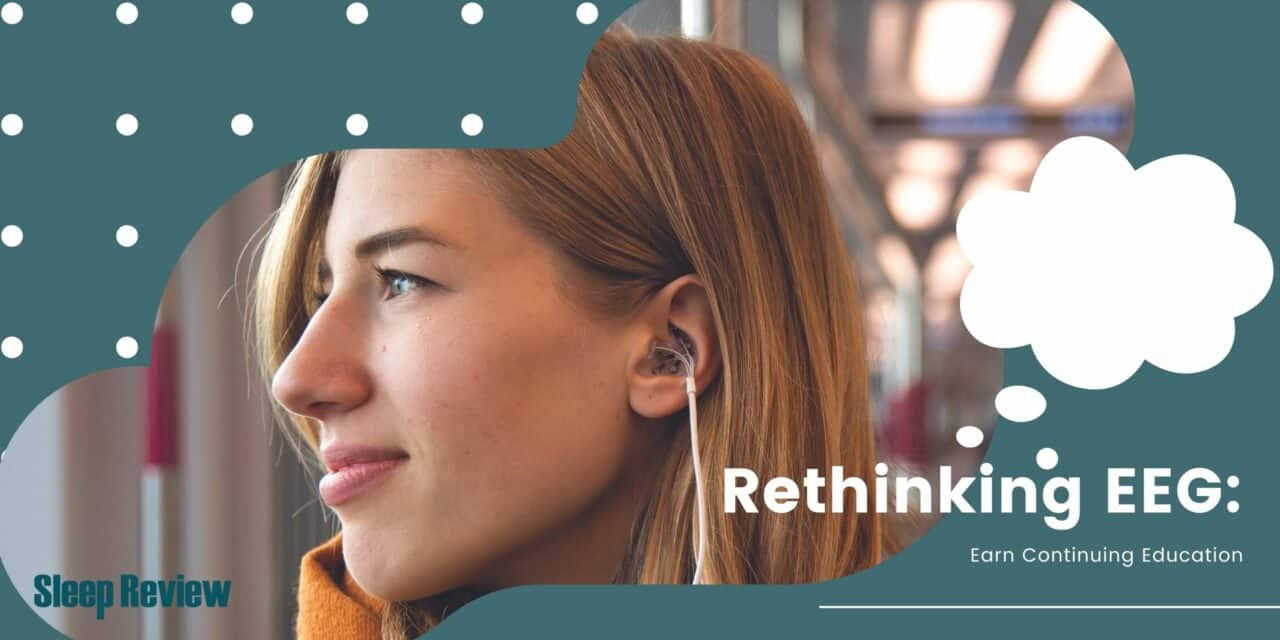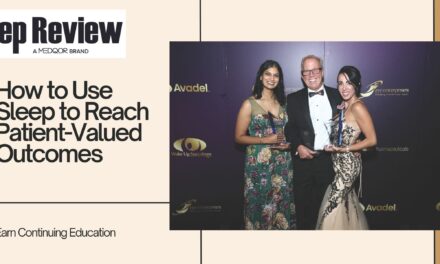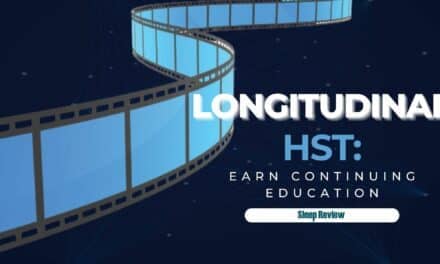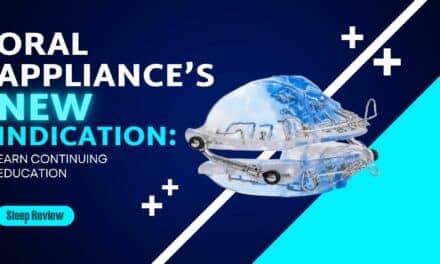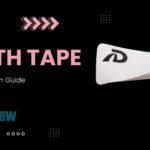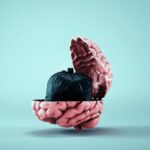Explore the April 2023 Edition
Learn about the continuing quest to capture brain waves beyond the sleep lab. Plus, why and how sleep apnea could be managed like other chronic conditions, get perspectives on when mild sleep apnea should be treated, research findings on the cycle between Alzheimer’s disease and sleep, and more.
The BRPT CSTE expired February 2025. You are still welcome to take the quiz, but certificates will not be issued for people who complete the quiz after February 2025.
CSTE Exam Preparation Articles
For thorough test preparation, please review these essential articles. They cover key topics and concepts that will be evaluated.
Designing the Future of Sleep EEG*
Learning Objectives: Explain why it is difficult to design a user-friendly sleep EEG; describe how electrode placements are likely to differ in at-home EEGs versus in-lab set-ups.
Sleep Apnea Could Be Managed Like Other Chronic Conditions*
Learning Objectives: Explain the limitations of single-night sleep studies; understand the potential of HST devices, such as rings and patches, in providing longitudinal data.
When Should Mild Sleep Apnea Be Treated?*
Learning Objectives: Describe the complexities of treating mild sleep apnea; evaluate the significance of seemingly asymptomatic cases of mild sleep apnea and the importance of thorough patient evaluation to uncover subtle symptoms.
What Doctors Get Wrong About Sleep and Mental Health*
Learning Objectives: Understand the misperceptions among mental health professionals regarding the nature of sleep problems in patients with mental health disorders, and the importance of recognizing sleep issues as distinct disorders that require specific treatment; analyze the challenges and barriers within the sleep medicine community in addressing sleep disorders among mental health patients, including the underdiagnosis of upper airway resistance syndrome and the reluctance to treat patients with mental health conditions.
The ‘Vicious Cycle’ of Napping and Alzheimer’s*
Learning Objectives: Understand the bidirectional relationship between excessive daytime napping and the progression of Alzheimer’s disease; evaluate the implications of this relationship for clinical practice.
Terms for CSTE Qualification
The Board of Registered Polysomnographic Technologists (BRPT) designates this educational activity–Sleep Review’s 2023 Digital Edition series—for a maximum of 3.5 Continuing Sleep Technology Education (CSTE) credits. Individuals should claim only those credits that he/she actually earned in the educational activity. April 2023 Edition is worth 0.5 credits on its own; certificates will be issued every other week on Fridays to allow time for completion of the entire series, if desired.
To be awarded Continuing Sleep Technology Education (CSTE) credit, BRPT-credential holders must read the digital edition of Sleep Review and score 80% or higher on the post-test. The participant may re-take the post-test up to 3 times. If unable to achieve a passing score, credit cannot be issued.
Questions/comments: Email [email protected]
* Conflict of Interest: Articles are written by employees of Sleep Review, which accepts sleep marketer advertising

